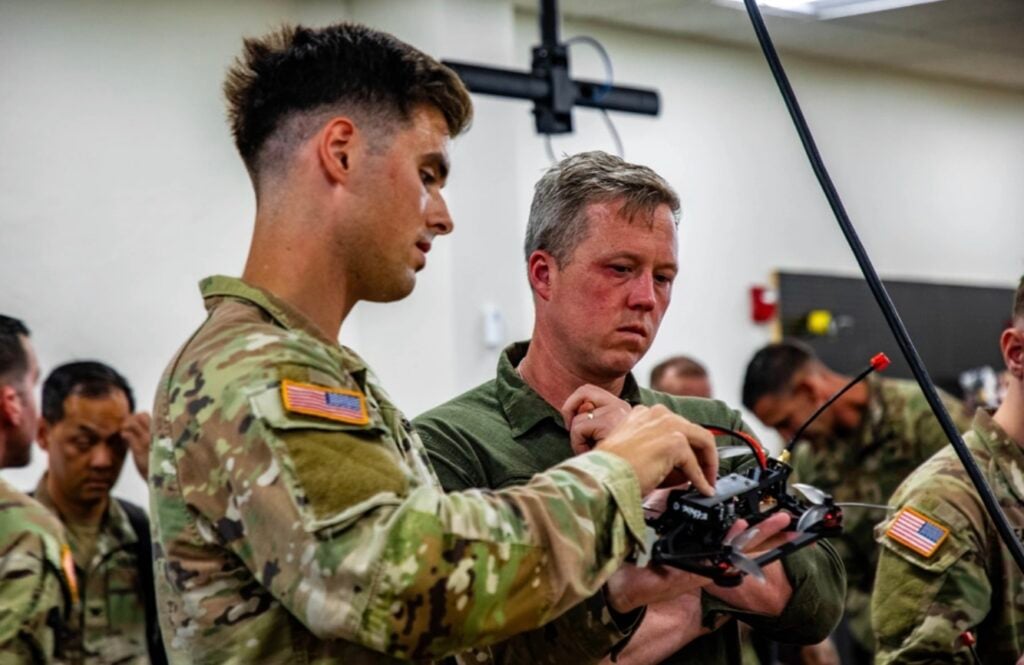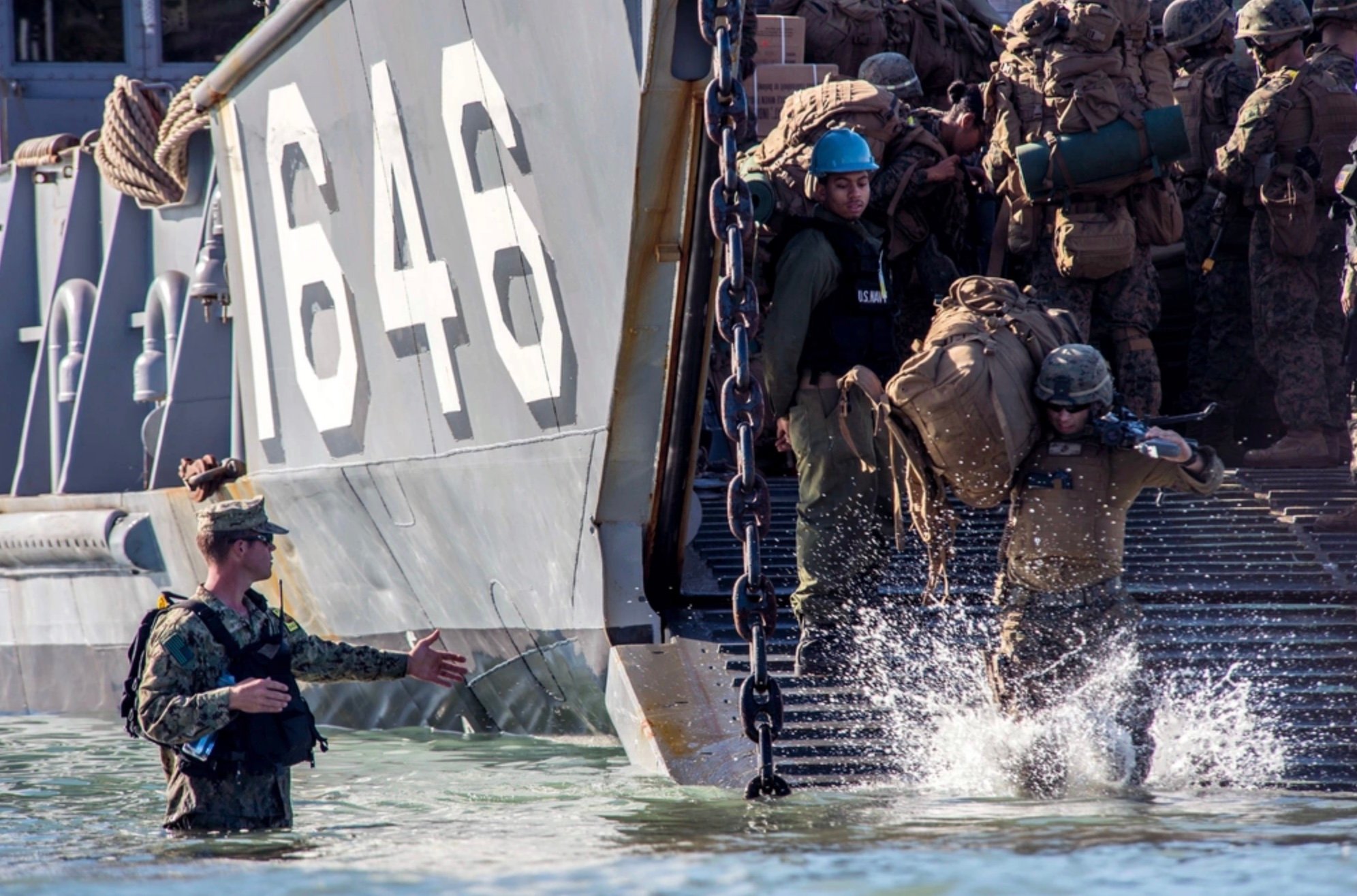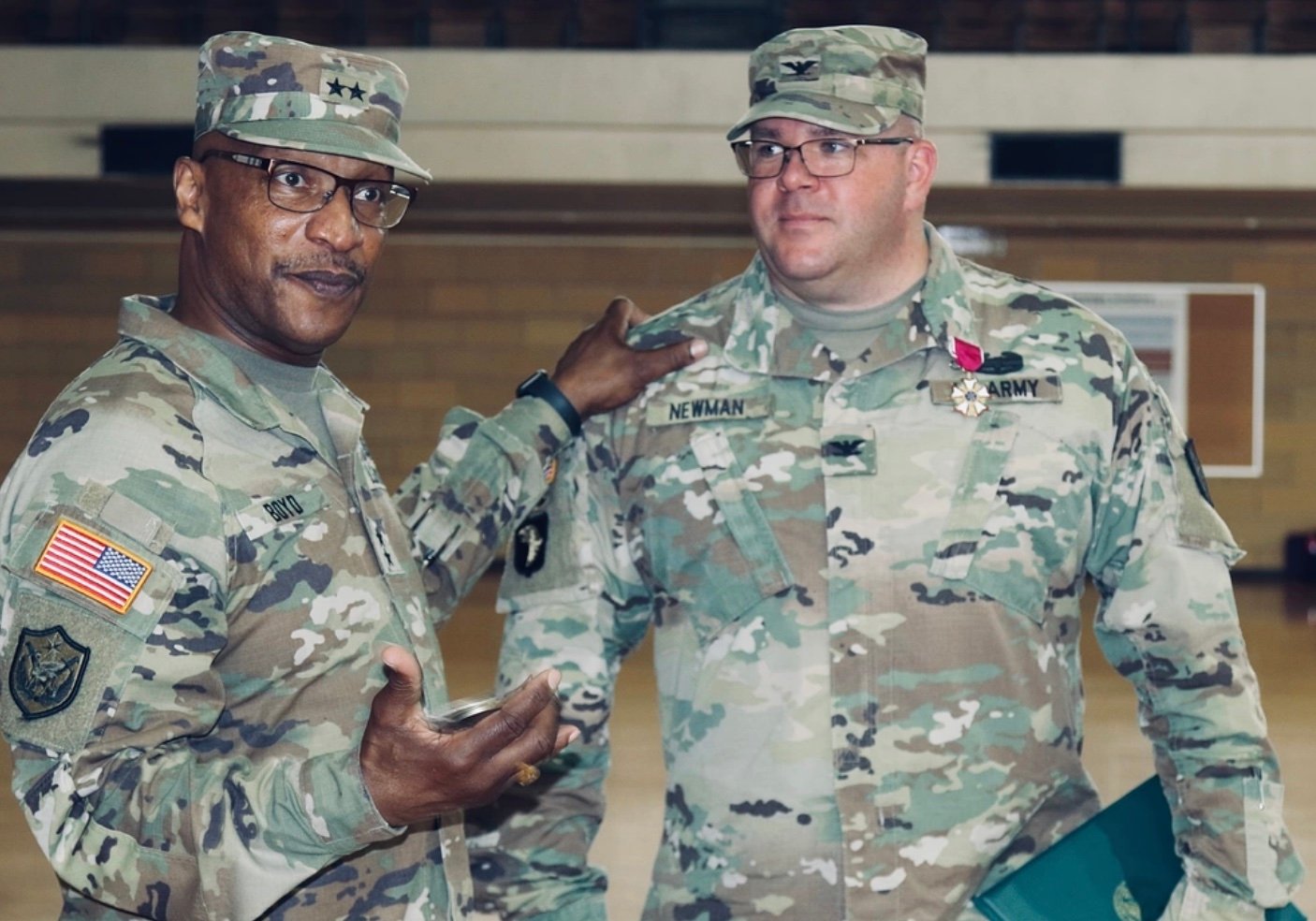WASHINGTON, D.C. – Army Secretary Daniel Driscoll — a former Army officer who deployed to Iraq before later working in law, investment banking, and venture capital — sounded less like a Washington bureaucrat and more like a fed-up platoon leader at this year’s Association of the United States Army annual meeting.
In a blistering keynote address that blended plain talk with inside knowledge of how money really moves in defense spending, Driscoll tore into decades of contractor price gouging and bureaucratic waste. He said the Army has been paying outrageous markups for simple replacement parts while soldiers are forced to train and deploy with outdated equipment.
“We sign away our right to repair,” Driscoll said. “We pay unbelievable cost markups and can wait years for parts we could 3D-print ourselves immediately.”
Exposing the Contractor Game
Driscoll didn’t just talk in theory — he brought props. Holding up a fin from a UH-60 Black Hawk’s external fuel tank, he explained that a vendor charged the Army over $14,000 for the part. His own team, he said, 3D-scanned, reverse-engineered, and validated the same component in 43 days for just over $3,000 — 300 percent stronger and 78 percent cheaper.
Then he pointed to a small control knob used to scroll through aircraft data in Black Hawk cockpits. When that tiny piece breaks, the entire screen assembly has to be replaced — at $47,000 per unit.
“We can make this knob for 15 bucks,” Driscoll said. “That’s a 313,000 percent markup, and we’re spending around $188,000 every month for what we could solve for $60.”
He said this kind of exploitation drains readiness and morale across the force. Tanks, howitzers, and vehicles sit idle for months while troops wait for overpriced parts that could be printed in-house.
The Gap Between Soldiers and Technology
Driscoll, who first saw combat in Iraq in 2009, said the gap between commercial and military technology has only widened since his deployment.
“When I was in Iraq in 2009, the gap between military and commercial technology was stunning,” he said. “Returning to the Army 15 years later, I am absolutely enraged to report that the gap has grown to a deep chasm.”
He described a soldier born in 2004 working on a system first fielded in 1995 — still running on its original programming code. “It’s unconscionable,” he said, that troops are fighting and training on platforms older than they are while adversaries upgrade every few weeks.
Shredding the Bureaucracy
Driscoll said the Army’s bureaucracy has become a self-defeating machine that rewards caution and punishes innovation.
“For 30 years, we maintained the status quo,” he said. “No existential threat forced us to change, and our incentive structure has warped. Special interests and lobbyists have taken advantage of our system.”
He criticized an acquisition cycle that can take 12 to 18 months to sign a contract and billions of dollars sunk into programs that were “unequivocal failures” from the start — like Crusader, Comanche, and Booker.

(U.S. Army photo by Spc. Taylor Gray)
To fix it, he announced plans to consolidate all major acquisition offices into a single organization reporting directly to senior Army leadership. The goal, he said, is to measure acquisitions “not in years and billions, but in months and thousands.”
The “Fuse” Model: Moving Like a Startup
Drawing from his time in venture capital, Driscoll said the Army must start acting like the innovative companies it relies on.
He introduced Fuse, a new cradle-to-grave funding model designed to identify promising startups, fund them quickly, and field minimally viable products within weeks. The first competition — xTech Disrupt — will give small firms $500,000 to pitch new technology, then sprint 30 days to field prototypes before refining them directly with soldiers.
“We train like we fight,” Driscoll said. “Acquisition should be no different. We wouldn’t take 10 to 12 months to sign a contract while in a fight, so we will train our system to move fast.”
Right to Repair and 3D Printing
Driscoll said restoring the Army’s ability to repair and produce its own parts is about more than saving money — it’s a matter of national security.
Once the Army has schematics for critical components, he said, soldiers will be able to manufacture them in the field. Private industry can step in to ramp up production only when demand outpaces what the Army can make itself.
“This may sound trivial,” he said, “but simply being able to make or repair our own parts can save millions of dollars and save lives.”
Drones: The Future of Warfare
Driscoll pointed to units like the 101st Airborne Division, which have begun designing and building their own modular drones on base. Each costs about $750, can be assembled in 20 minutes, and reconfigured for attack, reconnaissance, or defense.
“That’s scalable. That’s open architecture. That’s being on the right end of the cost curve,” Driscoll said. “And that is the future of warfare for soldiers.”
He said the Army will also lead the government’s new counter-drone task force to defend both soldiers overseas and communities at home from drone threats.
Fixing the Basics
Beyond weapons and procurement, Driscoll said the Army must fix the everyday problems that hit soldiers hardest — food and housing.
He called the current dining system “absolutely broken,” blaming decades-old regulations that allowed contractors to lock in low-quality food services through loopholes. The Army, he said, is piloting five new 24/7 dining campuses with multiple vendors, healthy options, and CAC-card convenience.
He also cited inflated construction costs — up to 68 percent higher — for building inside Army installations compared to just outside the gate. The service is now testing 3D-printed concrete structures to cut costs and deliver new facilities faster.
Rebuilding Trust
Despite the tough talk, Driscoll said soldiers themselves are still the Army’s greatest strength — and they’re responding.
“We met our 2025 recruiting goal in just seven months,” he said. “That’s our best year in 13 years, and we already have 20,000 in the delayed entry program for 2026. The future of the Army is lining up.”
He ended by promising that the reforms he outlined aren’t optional or cosmetic — they’re the Army’s new operating standard.
“We will break the barriers of bureaucracy, inefficiency, and complacency,” Driscoll said. “We will ensure that America’s Army remains the most lethal fighting force in the world. And it starts by placing our soldiers first. This will defend.”
© 2025 The Salty Soldier. All rights reserved.
Reproduction without written consent is strictly prohibited.




